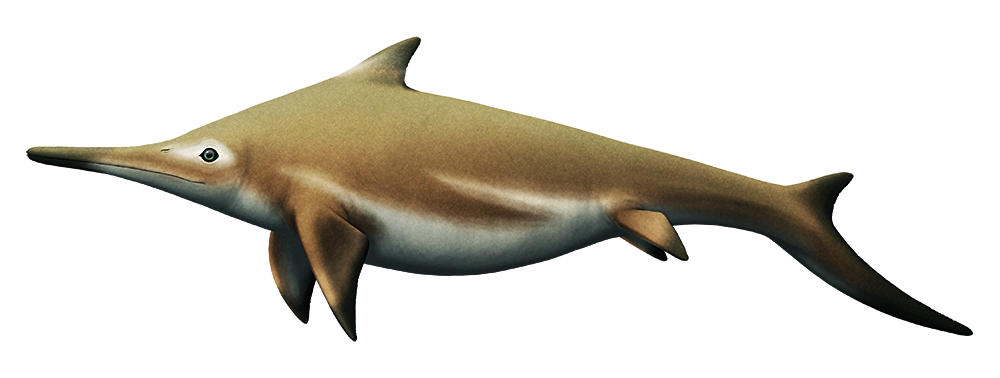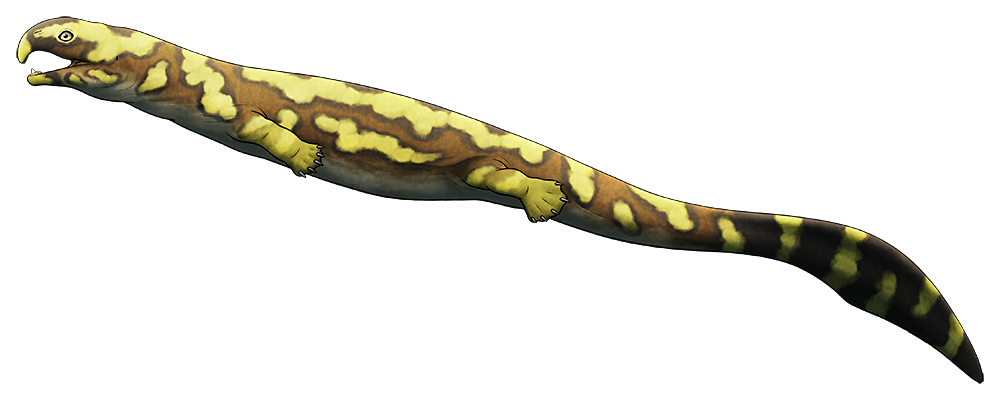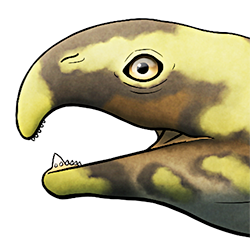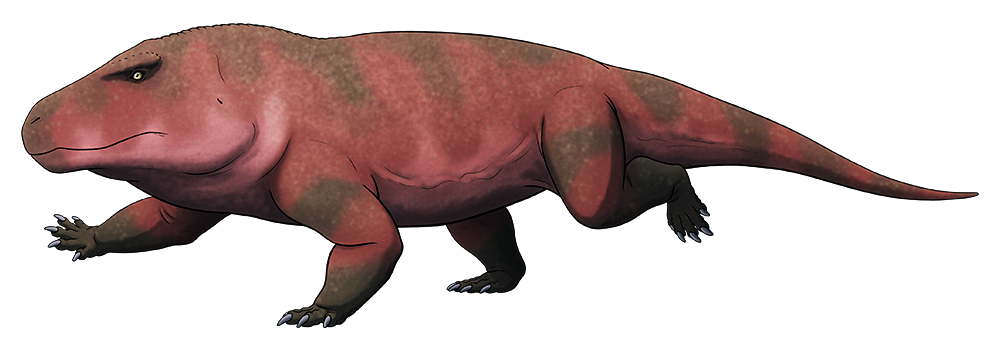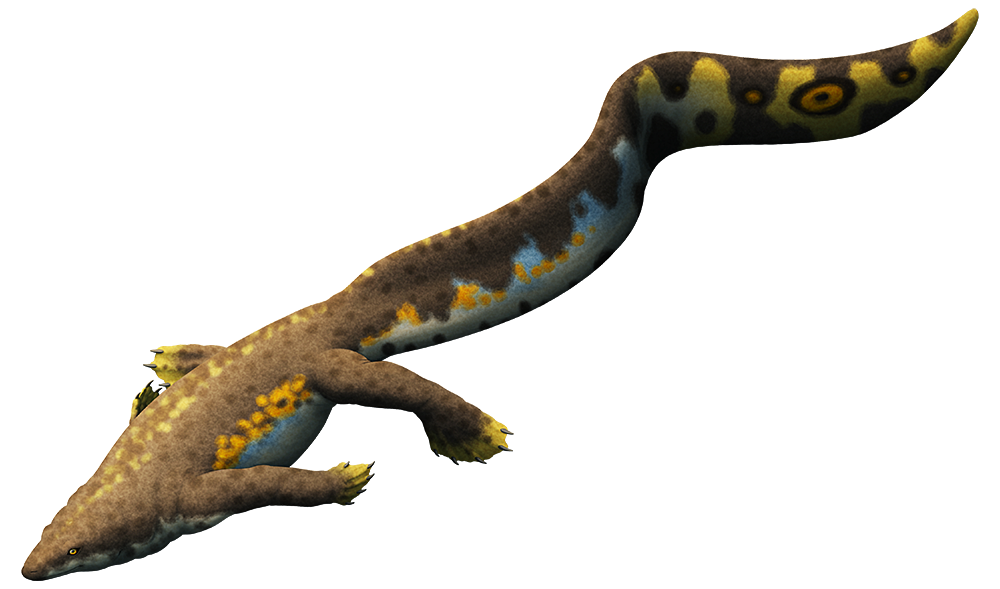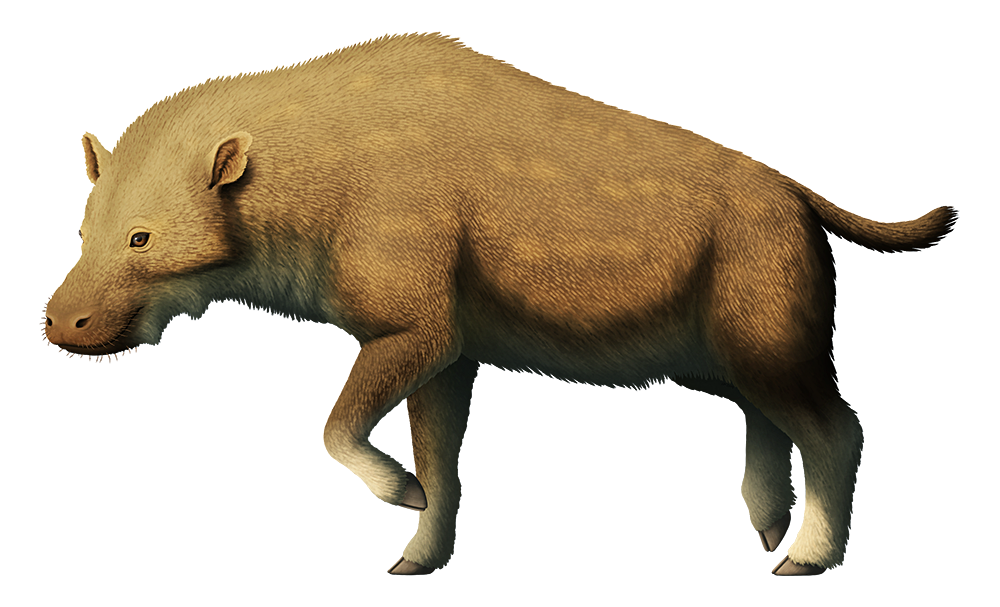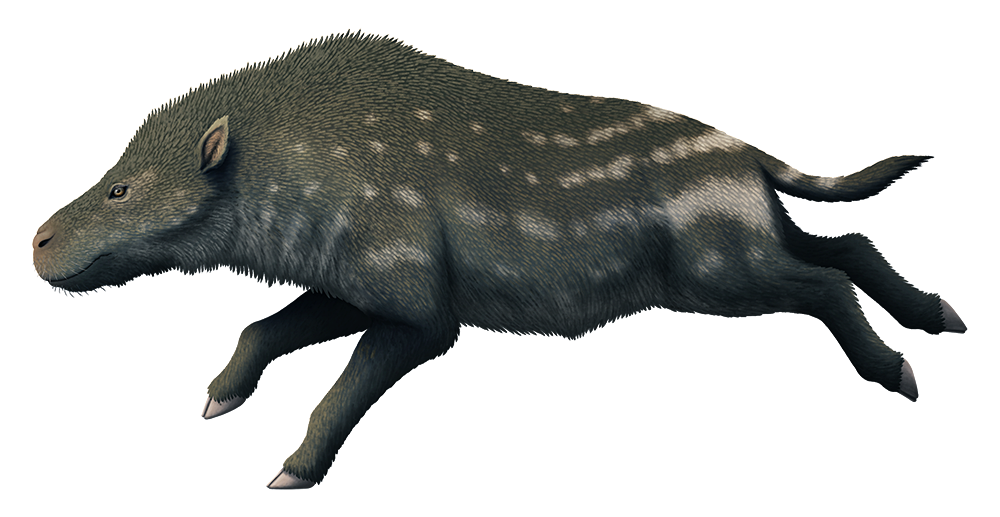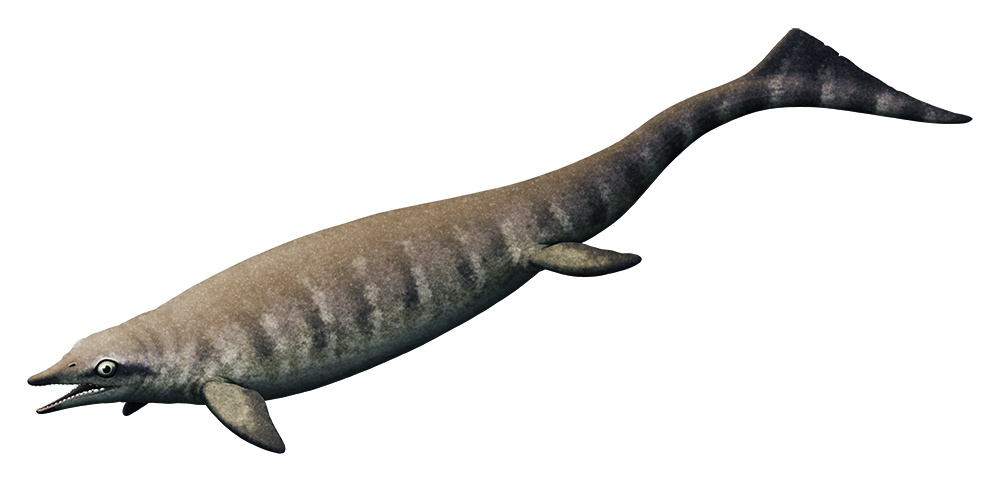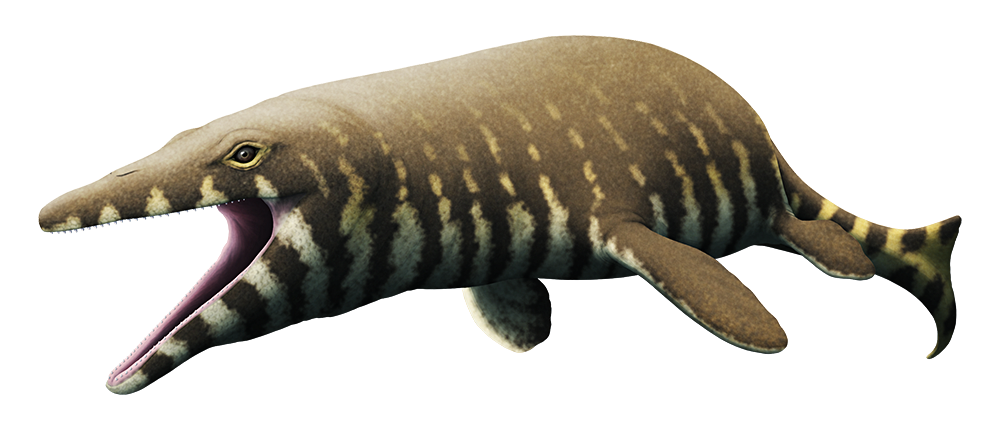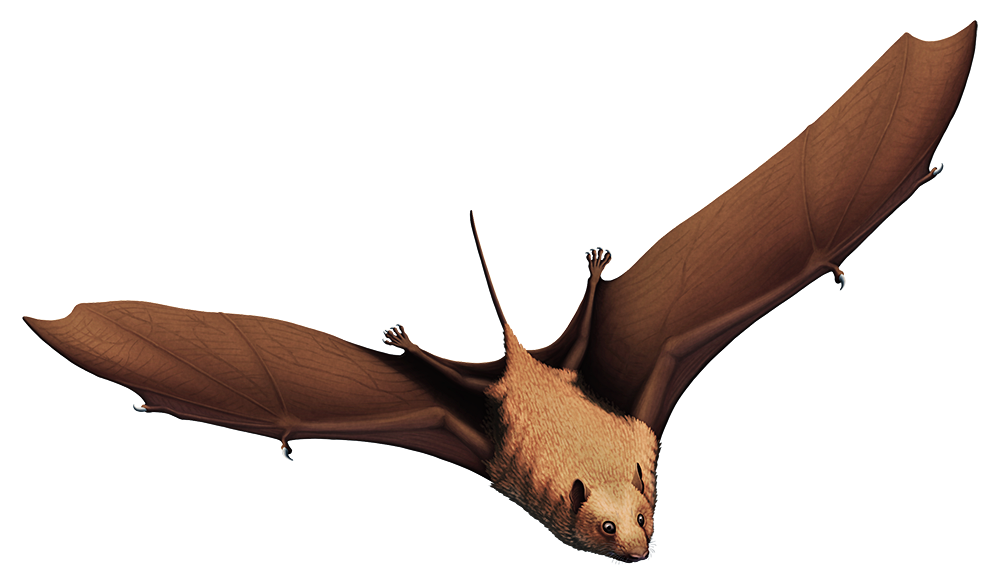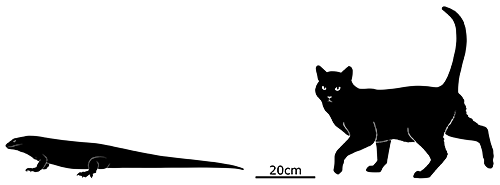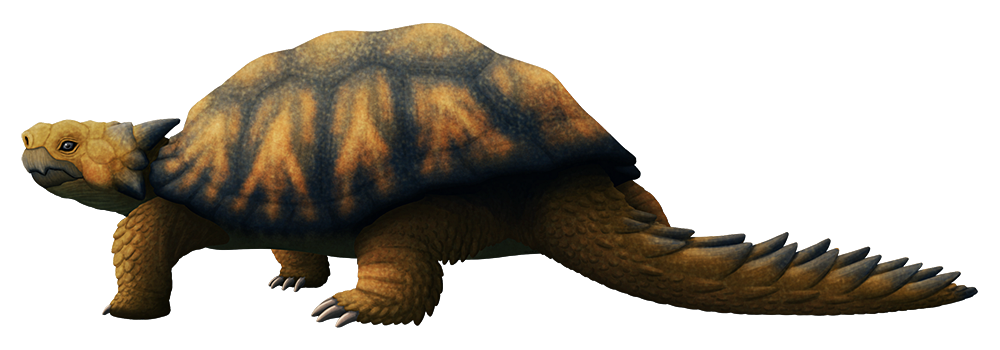The meiolaniformes were a group of terrestrial turtles that first appeared in the fossil record in the Early Cretaceous, around 125 million years ago. Although they were originally thought to be cryptodirans, more recent studies suggest they weren’t actually quite true turtles at all, instead being close evolutionary cousins to them in a much older and more “primitive” lineage that may go back as far as the Triassic.
They’re known mainly from South America and Oceania, but they may have had a more global distribution during the Cretaceous, with some fossils from the northern continents sometimes being classified as members of the group. However, only the South American meiolaniformes seem to have actually survived through the end-Cretaceous extinction.
The most distinctive meiolaniformes were the heavily armored meiolaniids, which first appeared in Patagonia during the Early Eocene (~48 mya). With large horns on their heads and thorn-like spikes along their long tails, they seem to have convergently evolved to fill the same sort of large-herbivore-tank niche as ankylosaurs and glyptodonts.
They also had fairly large nasal cavities, which might indicate a well-developed sense of smell – or may have been an adaptation for regulating the heat and moisture content of each breath, similar to the complex noses of ankylosaurs.
The South American meiolaniformes all went extinct around the end of the Eocene (~33 mya), but some meiolaniids had already dispersed across to Australia via Antarctica (before the continents had fully separated, and before Antarctica had frozen over) and they continued to survive there for most of the rest of the Cenozoic. They even went on to spread to various islands around Oceania, suggesting they were able to float and swim like modern giant tortoises.
The largest Australian meiolaniids reached sizes of around 2.5m long (8′2″), making them some of the biggest of all known terrestrial turtles. These giant forms went extinct in the Late Pleistocene, around 50,000 years ago, alongside much of the other Australian megafauna.
A few smaller varieties hung on in smaller islands to the east, with one of the latest-surviving species being Meiolania platyceps on Lord Howe island. It was only about half the size of its biggest Australian relatives – an example of insular dwarfism – and lived into the Late Holocene just 3000-2000 years ago.
Meiolania species on other islands seem to have gone extinct after the arrival of humans. But Lord Howe Island appears to have never been inhabited prior to European settlement in the late 1700s, so it’s unclear why this last of the meiolaniformes disappeared.
[Edit: A 2018 study of Meiolania platyceps’ anatomy suggests it may have been more aquatic than previously thought. It might have been something like a giant herbivorous snapping turtle or an armored reptilian hippo, bottom-walking around in coastal lagoons, with its big nasal cavity housing salt glands.]

